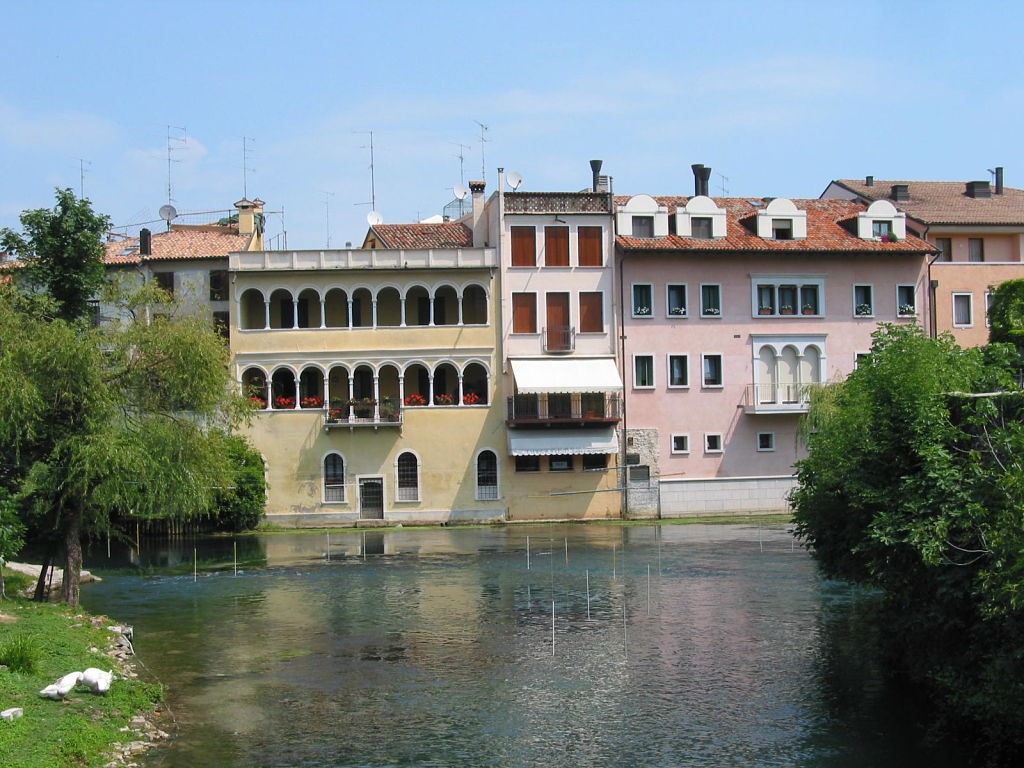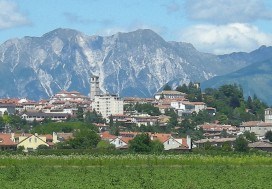Pordenone
Pordenone, in Friuli Venezia Giulia, has Roman origins and is an old town of particular value. Its Duomo is a late-gothic building from the second half of the XV Century. The Russian sovereigns resided in the eighteenth-century Baldini Palace.
The Town Hall, built between 1291 and 1365, today is the seat of the Town Gallery. On the other hand, Pera Palace, in 1832, hosted Francis I of Austria and his spouse, his son Carl and his daughter-in-law. Also of particular interest is the Castle of the Counts of Ragogna and Villa Ottoboni, a sixteenth-century residence of the family that gave birth pontiff Alessandro VIII.
Then one must not miss the traditional walk along the central Corso Vittorio Emanuele II, where you can admire a number of porticoed palaces with elements from gothic and renaissance arts, further decorated with frescoes. The place is an incredible architectonical example of Venetian colonnades.

Sacile Palaces
Sacile
The foundation of Sacile is bound to the legend of the Trojan Antenor. It was quoted, for the first time, in the VI Century, during the Longobards’ invasion. Emperor Henry IV, in 1077, gave it to the patriarchy of Aquileia. Being on the borders of Friuli, it was sought by the Patriarchs and the neighbouring lords, between the XIII and the XIV Century.
On the 16th of April 1808 around Sacile, there happened a clash between the French-Italian army, led by Eugenio of Beauharnais – viceroy of the Italian Kingdom – and the Austrian army, led by the Archduke John of Habsburg. In November 1917, during World War I, more conflicts occured, once the Italian army had to withdraw, and in October 1918, Italians and British made the Austrians retreat.
Sacile has a particularly valuable historical, artistic, and cultural heritage to offer, like its Duomo, built in the XV Century over the ruins of an older building from the IX Century. Carli Palace and Flangini Palace, which hosted Frederik III, Carl V, Henry III, and Pope Pius VI, are some important testimonies of its valiant past.



